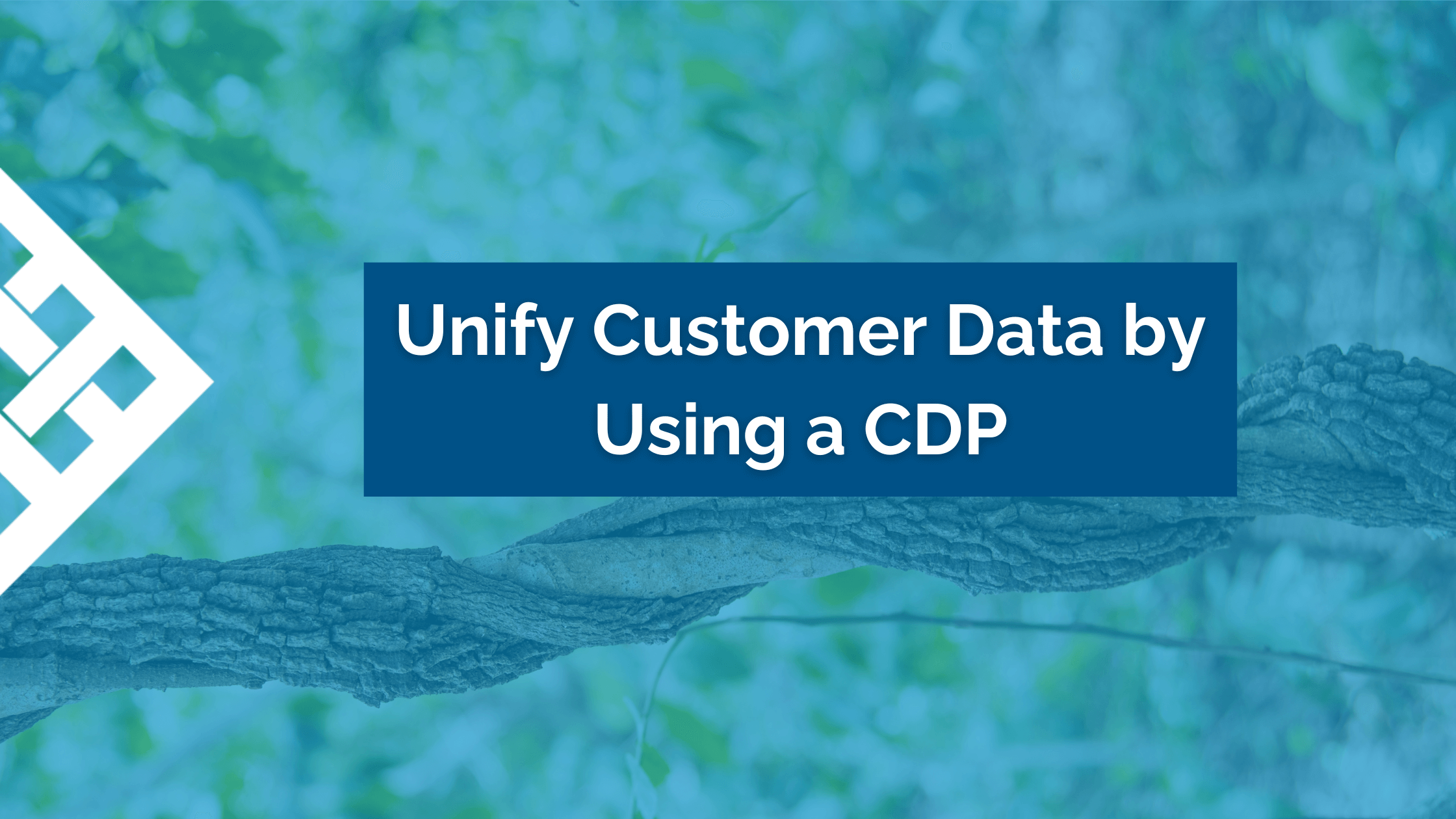2 min read
Using Microsoft Dynamics 365 to Eliminate Data Silos in Manufacturing
Modernizing Business Systems: A Manufacturer’s Move to a Unified Microsoft Platform Industry &...
4 min read
TrellisPoint Marketing Feb 27, 2024 8:45:00 AM

Good luck finding a volunteer willing to take on that challenge.
Jeff was that reluctant volunteer at the Business Process Outsourcing company, where he was an operations manager. The company was considering investing in Microsoft Dynamics 365 but wanted to ensure it would be the best Microsoft licensing option for them.
Jeff knew it would be a complex undertaking–and his early research confirmed it.
As he began digging into Microsoft's various new and “comprehensive” licensing agreements, the staggering array of options to consider was overwhelming, to say the least.
In addition, accounting for the company’s unique and changing business needs added another layer of complexity, not to mention grasping compliance issues and the periodic updates that would be needed.
So, as with any puzzle, Jeff took a strategic approach involving multiple considerations and review steps. The first step was research.
Gathering the following information related to the company’s needs was Jeff’s first priority:
In the intricate world of Microsoft licensing, the number of users is the foundational factor shaping costs and scalability options, and Jeff quickly realized that aligning the licensing structure with the organization's unique needs was critical.
Identifying the software requirements for operations became the primary step, and Jeff was determined to avoid unnecessary features that could potentially inflate costs.
Cloud services introduced an additional layer of complexity. Understanding how licensing works in the cloud and finding the right balance between on-premise and cloud solutions was essential for the company to achieve operational efficiency.
Jeff's research underscored the importance of staying informed about updates, as changes could impact licensing and potentially lead to compliance nightmares.
Microsoft offers multiple licensing options, each specific to different operational needs.
Wading through the various models and determining the best fit for the company was a test of Jeff’s perseverance.
He spent hours poring over the per-user, per-device, and subscription-based models.
In addition, there was the issue of software updates and how they affect licensing, and the importance of staying informed about changes to avoid compliance nightmares.
And if that wasn’t enough, over-licensing - acquiring more licenses than necessary for the organization – was yet another risk to consider.
Over-licensing imparts not only the financial implications of paying for licenses you’re not using but can also contribute to scaling difficulties, non-compliance issues, audit vulnerability, and user confusion due to an unnecessarily complex system.
To shed light on these challenges, let’s imagine the scenario of trying to decide between Dynamics 365 and Microsoft Power BI licenses based on employee needs:
Many employees will primarily need analytical and reporting capabilities (covered by Power BI), while others will need more robust features, such as CRM. In addition, purchasing licenses with features that go unused can result in unintentional non-compliance and financial penalties or legal consequences stemming from periodic license audits by Microsoft.
Jeff felt like he was drowning in a sea of options. He felt no closer to a recommendation than when he started when a colleague mentioned TrellisPoint - a Microsoft solutions partner - as a possible lifeline to help sort things out.
After learning more, Jeff gained approval to work with TrellisPoint's advisors on a plan to determine the best route for the company.
TrellisPoint’s business is based on knowing all the ins and outs of the Microsoft space and the above complexities.
They analyzed the company’s needs and resources and swiftly came up with recommendations and a plan (one that was much different than what Jeff was considering) that would cost them less, provide employees access to the tools they need, and lower their risk of running into compliance issues.
What Jeff and his leadership learned as a result of their partnership with TrellisPoint is that it’s easy to overlook the long-term benefits of strategic licensing decisions.
Immediate costs and needs often push those future advantages into the shadows, only to have them reappear after you’ve made the wrong decision (and, in this case, after Jeff put in significant hours on the project himself).
Knowing when to “do it yourself” for simple projects and when to leverage the expertise of an experienced Microsoft partner like TrellisPoint, who understands the intricacies of the different licenses, will save you time and ensure you make the right decisions.
To learn more about how TrellisPoint can provide solutions to meet your company’s unique needs and align with your business goals faster and more efficiently, contact us.

2 min read
Modernizing Business Systems: A Manufacturer’s Move to a Unified Microsoft Platform Industry &...

3 min read
Data is the backbone of modern business, driving decision-making, personalization, and customer engagement....